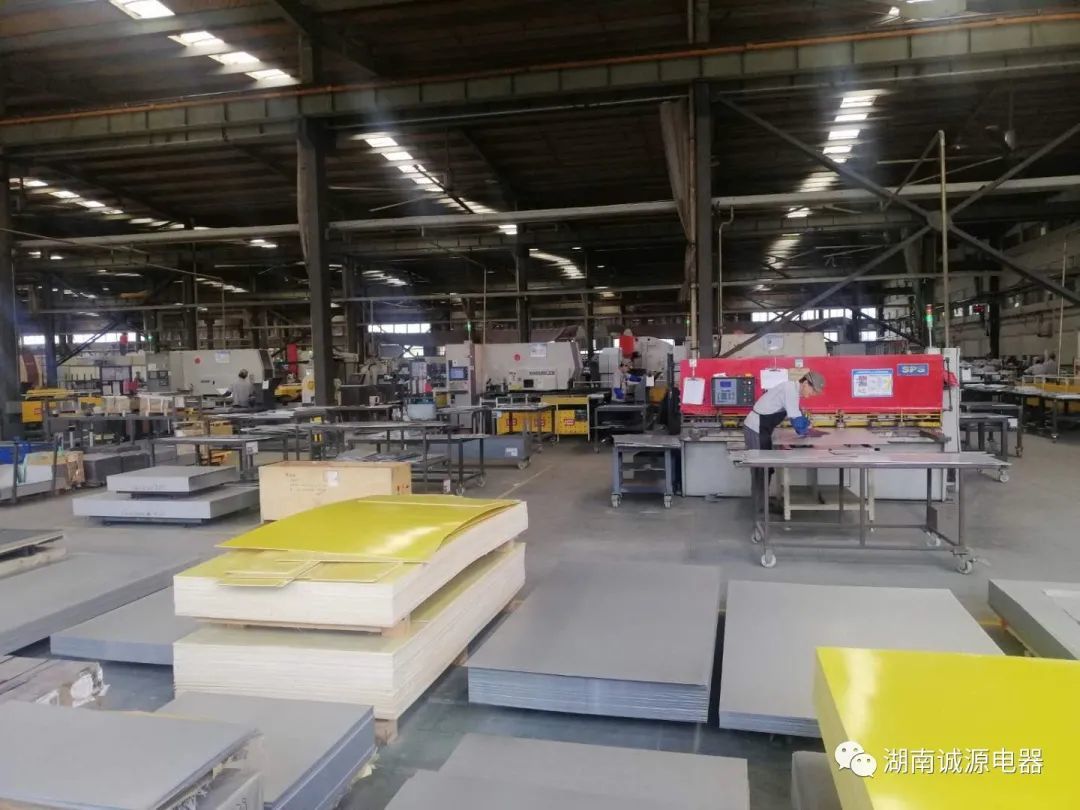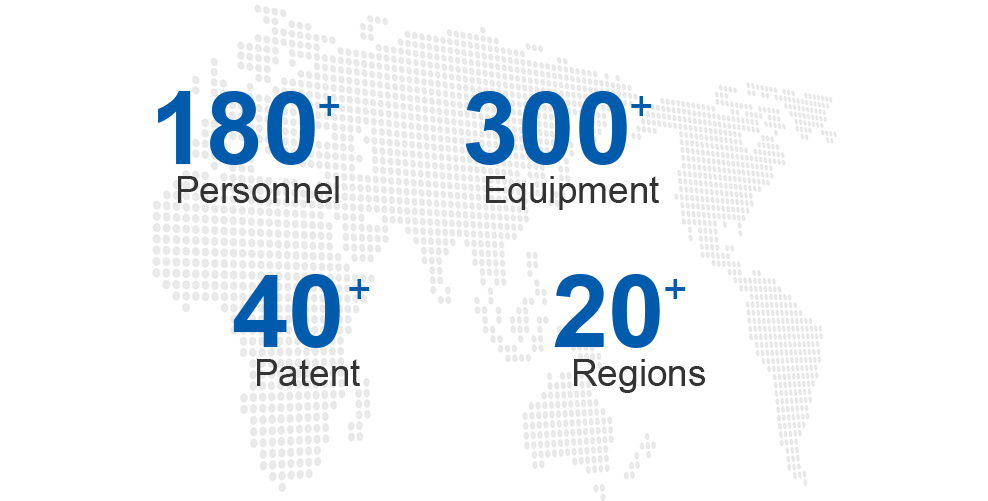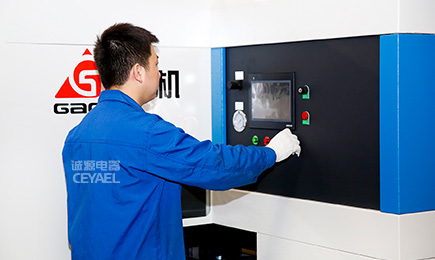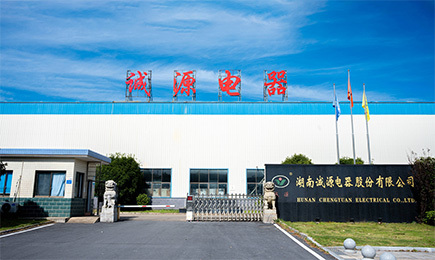Fault analysis during the use of distribution cabinets
Release time:
2022-05-29
Author:
Source:
Abstract
The disadvantages caused by the impact of ambient temperature on low-voltage electrical appliances. The low-voltage electrical appliances in the distribution cabinet consist of fuses, AC contactors, residual current protective devices, capacitors, and measuring instruments. These low-voltage electrical appliances are designed and manufactured according to GB1497 'Basic Standards for Low-Voltage Electrical Appliances', and corresponding regulations have been made regarding their normal working conditions: the upper limit of the surrounding air temperature does not exceed 40°C.

The average value of the surrounding air temperature over 24 hours does not exceed 35°C; the lower limit of the surrounding air temperature is not lower than -5°C or -25°C. The distribution cabinets for rural power grid transformation work outdoors, where they are not only exposed to direct sunlight causing high temperatures but also generate heat during operation. Therefore, during the hot summer season, the temperature inside the cabinet can reach above 60°C, which greatly exceeds the environmental temperature regulations for these electrical appliances, leading to failures caused by overheating of electrical components inside the distribution cabinet.
Failures caused by product quality issues. During the rural power grid transformation, due to the large number of required distribution cabinets and short construction period, manufacturers faced urgent demands for low-voltage electrical appliances in terms of supply time and quantity. This led to a phenomenon where product quality requirements were not strict, resulting in some products failing shortly after being put into operation. For example, some types of AC contactors burned out their coil shortly after the distribution cabinet was put into operation, rendering them inoperable.
Failures caused by improper selection of electrical appliances in the distribution cabinet. Due to inappropriate selection of AC contactor capacity during manufacturing, contactors with the same capacity were used for different outgoing circuits without considering the imbalance of three-phase loads. As a result, some outgoing contactors did not have their current ratings increased by one level based on normal selection types, leading to cases of AC contactors burning out during operation in high summer temperatures.
Recommended Reading
Chengyuan Electric and Siemens join forces to create a better future!
2024-10-29
How to choose suitable box-type substations and cable branch boxes
2023-12-25
The role of cable junction boxes in automated control systems.
2023-12-15





